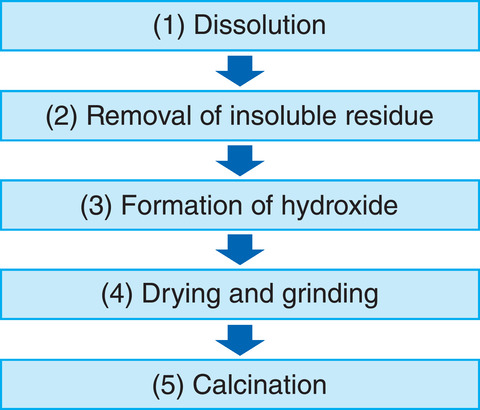
Fig.8-10 Basic process flow diagram of the Bayer process

Fig.8-11 X-ray diffraction spectrum of calcining at 1000 ℃
Table 8-2 Percentage change of radioactivity of samples generated in each process

Solid radioactive wastes generated by nuclear facilities are generally disposed of by being converted into waste packages using concrete. Aluminum (Al) and its alloys are often used as structural materials in research reactors, such as the Japan Materials Testing Reactor (JMTR); however, Al and Al alloys can react with the concrete to produce hydrogen gas, which affects the integrity of the waste package. Therefore, we converted Al into a substance that does not react with concrete, thereby ensuring the stability of waste packages comprising Al.
Aluminum oxide (alumina) does not react with concrete and is commonly used as a quick-drying material for concrete. The Bayer process, which is used in industrial manufacturing, was applied to convert Al to alumina. However, the Al alloy used in the JMTR contains nuclides with a longer half-life than Al derived from additive elements and impurities, which increases the radioactivity of the Al waste. As Al is an amphoteric metal that reacts with both acid and base, the Al alloy is first dissolved in a strongly alkaline NaOH solution to separate it from the additive elements and impurities in the proposed method.
A summary of the proposed method is shown in Fig.8-10. X-ray diffraction was then used to analyze the calcined sample; our results suggested the presence of three types of alumina, as shown in Fig.8-11. Among them, α-alumina and γ-alumina are highly pure and stable, whereas β-alumina contains Na. Most importantly, these three types of alumina have a low reactivity with concrete.
The Al alloys irradiated in the Kyoto University Research Reactor were then used to measure the radioactivity of the samples generated during each step of the proposed method. More than 99% of the nuclides produced by the activation of Cr and Fe in the Al alloy could be removed by the insoluble residue removal process, as summarized in Table 8-2, thereby reducing the radioactivity of the alumina produced during calcination.
In summary, the proposed waste treatment method can effectively convert radioactive Al into a stable waste package. Future efforts will include further studies on the properties of the alumina when mixed with concrete and the consequences on the behavior and properties of the produced waste package.
This research includes the results obtained through the joint use of the Institute for Integrated Radiation and Nuclear Science, Kyoto University.
(Misaki Seki)